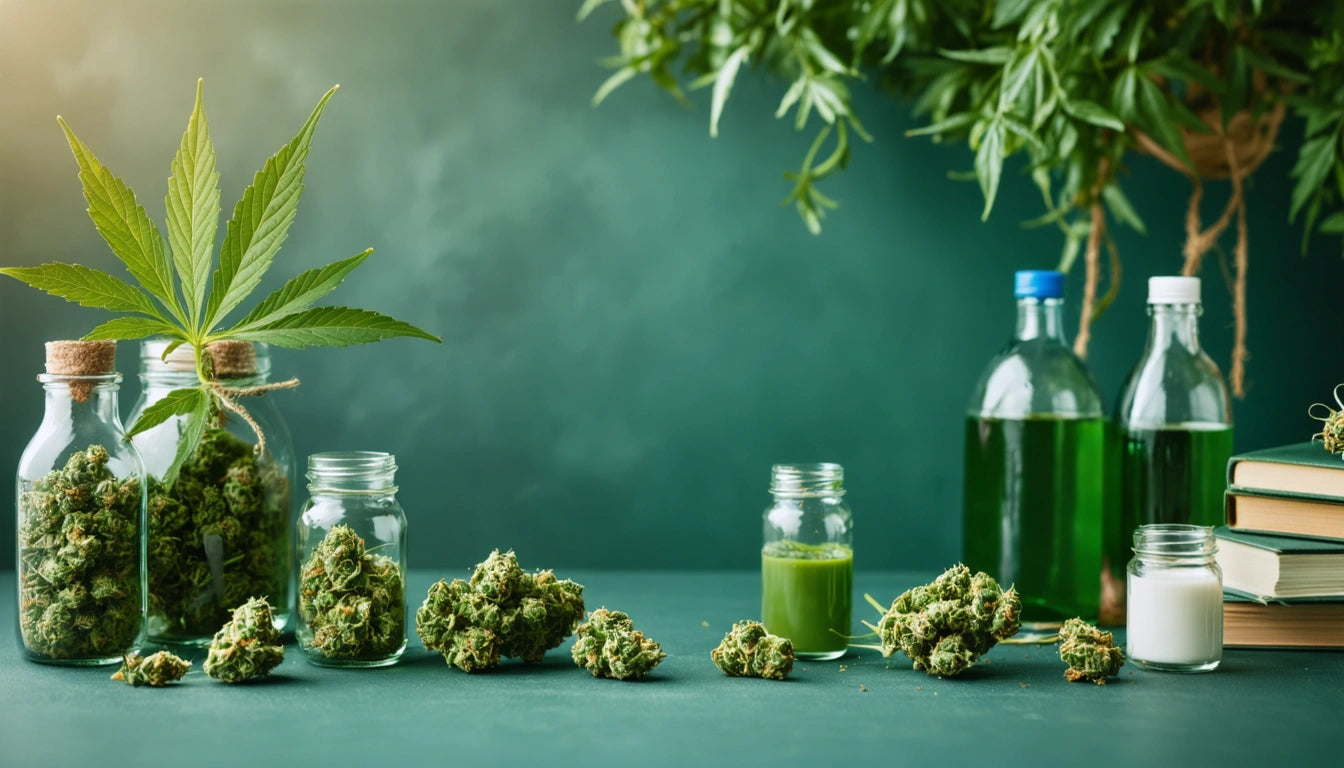Table of Contents
How to Successfully Clone Cannabis Plants: A Step-by-Step Guide
Cannabis cloning is a fundamental skill for growers looking to preserve genetics and expand their garden efficiently. Learning how to clone cannabis plants allows cultivators to create exact genetic copies of their favorite mother plants, ensuring consistent potency, flavor profiles, and growth characteristics. This comprehensive guide breaks down the process of how to make cannabis clones into manageable steps for both beginners and experienced growers.
Benefits of Cannabis Cloning
Before diving into the cloning process, it's important to understand why learning how to clone weed is valuable for cultivators:
- Genetic preservation of prized phenotypes
- Cost savings on seeds and feminized genetics
- Consistent yields and cannabinoid profiles
- Reduced vegetation time compared to growing from seed
- Ability to maintain perpetual harvests
While seeds introduce genetic variations, cannabis clones are exact replicas of the mother plant, allowing growers to reliably reproduce plants with desirable characteristics.
Essential Equipment for Successful Cannabis Cloning
The best way to clone cannabis starts with gathering the proper tools and creating an ideal environment. Here's what you'll need:
Basic Cloning Supplies
- Sharp, clean razor blades or scissors
- Rooting medium (rockwool cubes, rooting plugs, or soil)
- Rooting hormone (gel, powder, or liquid)
- Spray bottle with clean water
- Propagation dome and tray
- Clean gloves to prevent contamination
- Precision digital scales for measuring nutrients and amendments
Environmental Control
- Humidity dome or propagator
- Heat mat (optional but recommended)
- Fluorescent or LED grow lights
- Thermometer/hygrometer to monitor conditions
Step-by-Step Cannabis Cloning Process
Follow these steps to learn how to make weed clones successfully:
1. Select and Prepare the Mother Plant
Choose a healthy, mature female plant at least 2 months old that's in the vegetative stage. Water the mother plant 24 hours before taking cuttings to ensure proper hydration. The best mother plants show vigorous growth and desirable traits.
2. Prepare Your Workspace and Tools
Sanitize all tools and surfaces with isopropyl alcohol or hydrogen peroxide solution. Prepare your rooting medium by pre-soaking rockwool cubes or plugs in pH-adjusted water (5.5-6.0).
3. Take Cuttings from the Mother Plant
Select healthy branches with at least 2-3 nodes. Using a sharp blade, cut at a 45-degree angle just below a node. Aim for cuttings 4-6 inches long with healthy fan leaves. As detailed in this comprehensive cloning guide, proper cutting technique significantly impacts success rates.
4. Prepare the Cutting
Remove lower leaves and trim larger fan leaves to reduce transpiration. Make a fresh 45-degree cut underwater to prevent air embolisms. Immediately dip the cut stem in rooting hormone, tapping off any excess.
5. Plant in Growing Medium
Create a hole in your growing medium and gently insert the cutting, ensuring the hormone doesn't rub off. The stem should be secure but not compressed. Place in your humidity dome or propagator.
Caring for New Cannabis Clones
Learning how to clone marijuana includes proper aftercare:
Light Requirements
Provide 18 hours of gentle light daily. Fluorescent or low-intensity LED lights work best as they won't stress the delicate cuttings. Keep lights 24-30 inches above the clones to prevent heat stress.
Humidity and Temperature Control
Maintain high humidity (70-80%) for the first week, then gradually reduce. Temperature should remain between 70-75 °F (21-24 °C). Mist the inside of the dome rather than directly spraying the cuttings.
Watering and Nutrition
Clones need minimal nutrients until roots develop. If using a soilless medium, lightly mist with water or a very dilute nutrient solution (quarter strength) once roots appear. For soil, keep the medium moist but not saturated.
According to expert growing guides, overwatering is one of the most common mistakes when learning how to make clones of weed.
Troubleshooting Common Cloning Issues
Even experienced growers encounter challenges when learning how to make pot clones. Here are solutions to common problems:
Wilting Clones
Cause: Excessive transpiration or inadequate humidity.
Solution: Ensure proper humidity levels, trim larger leaves, and check for light intensity issues.
Yellowing Leaves
Cause: Nutrient deficiency or light burn.
Solution: Once roots develop, introduce very mild nutrients and adjust lighting distance.
Slow or No Root Development
Cause: Improper hormone application, temperature issues, or contamination.
Solution: Ensure proper temperature range (70-75 °F), use fresh rooting hormone, and maintain cleanliness throughout the process.
Mold or Rot Issues
Cause: Excessive moisture or poor air circulation.
Solution: Vent the humidity dome daily, remove any diseased cuttings immediately, and ensure proper air circulation.
Advanced Cloning Techniques for Cannabis Cultivators
Once you've mastered how to clone weed using basic methods, consider these advanced techniques:
Aeroponic Cloning
Using specialized cloning machines that suspend cuttings in air while misting the stems with nutrient solution. This method can accelerate rooting time and increase success rates.
Water Cloning
A simple technique where cuttings are placed in water until roots develop. While slower than other methods, it requires minimal equipment and is great for beginners learning how do you clone weed.
Monster Cropping
Taking clones from a flowering plant rather than a vegetative one. This technique can create bushier plants with more bud sites, though it takes longer for the plants to revert to vegetative growth.
For those looking to acquire rather than create clones, this resource on buying cannabis clones provides valuable information on finding reputable sources.
Whether you're a home grower or commercial cultivator, mastering how to clone cannabis plants is an essential skill that saves money, preserves genetics, and ensures consistency in your garden. With proper technique and care, success rates of 90% or higher are achievable, making cloning one of the most valuable skills in a cannabis grower's toolkit.











Leave a comment
All comments are moderated before being published.
This site is protected by hCaptcha and the hCaptcha Privacy Policy and Terms of Service apply.